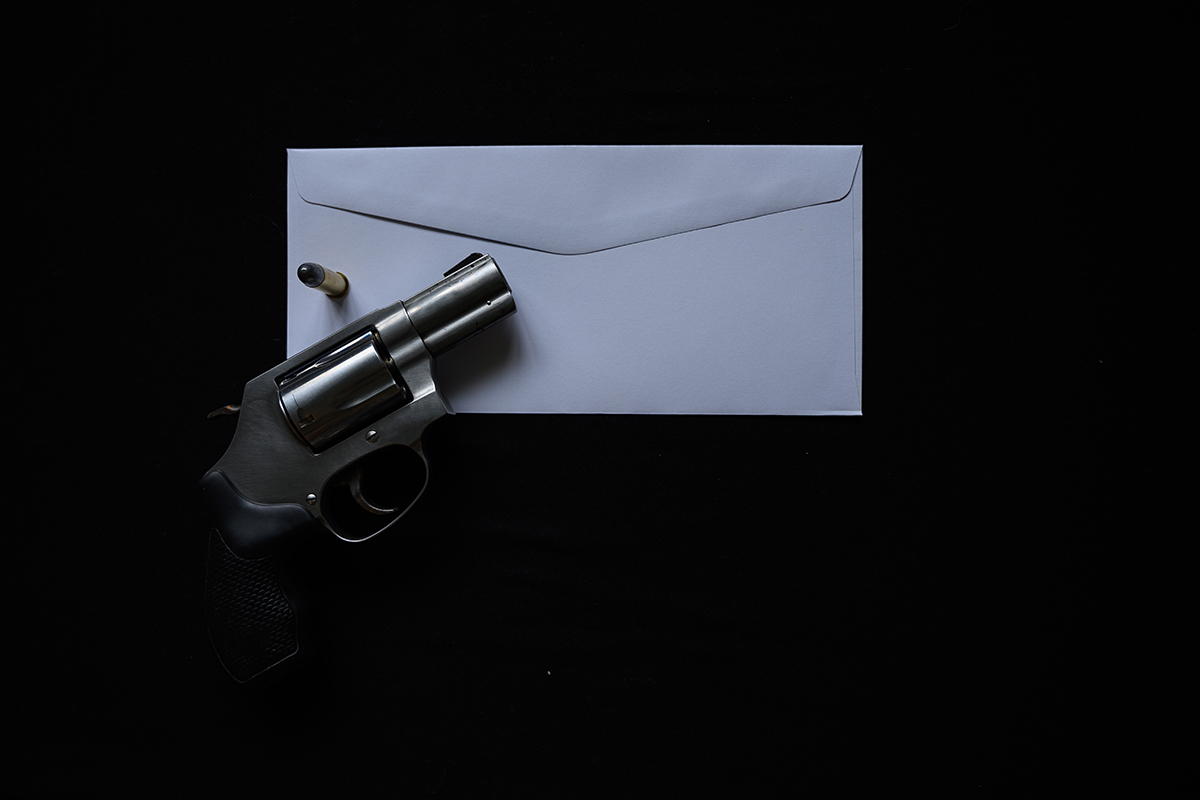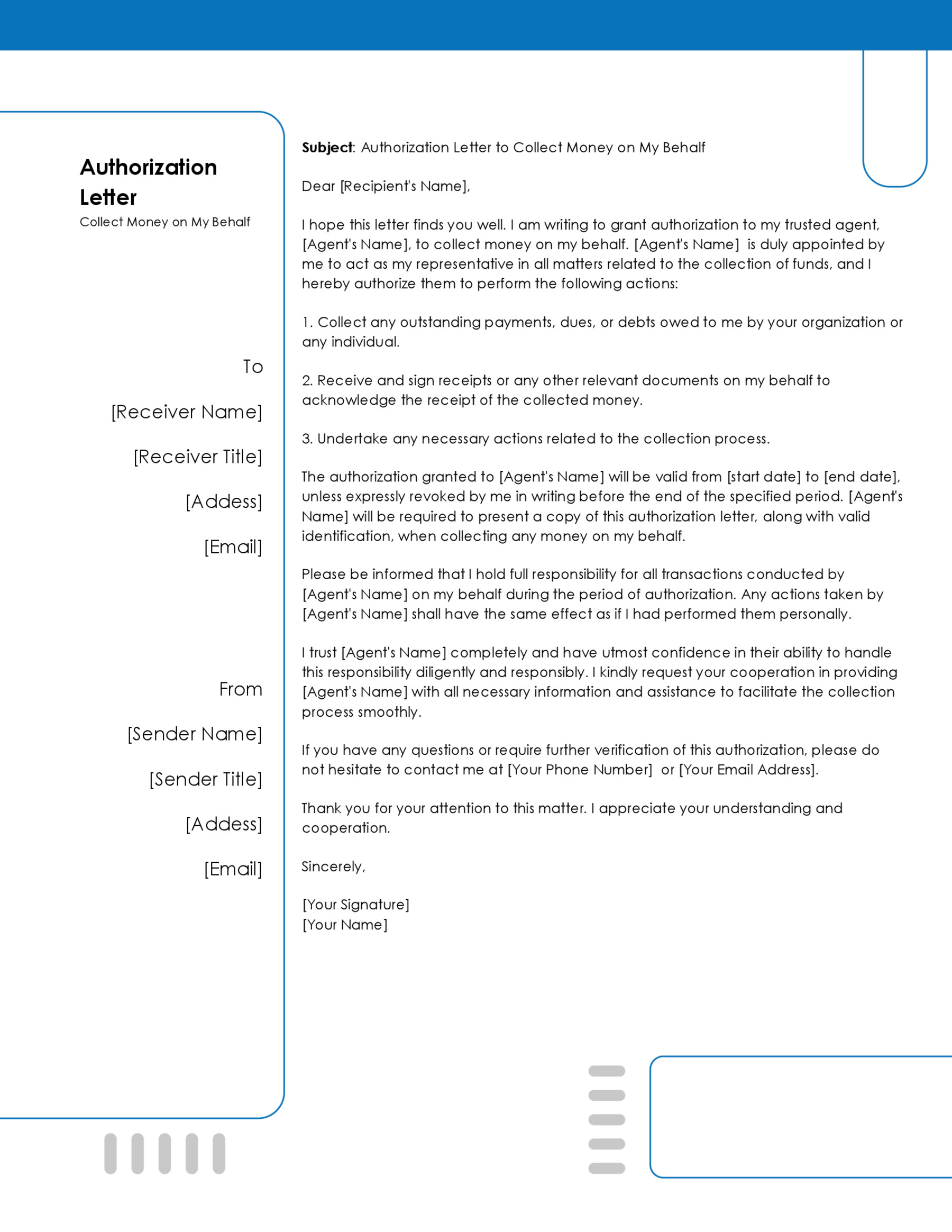The closing of a business letter is the final impression you leave on your reader, and it is an essential part of the letter’s overall tone and style. It is a formal way of bringing the letter to a close and thanking the reader for their time and attention. There are various ways to close a business letter, and the choice of closing depends on the nature of the letter and the relationship between the writer and the recipient.
In this article, we will discuss some common ways to close a business letter and provide some tips on how to choose the appropriate closing for your letter.
The Importance of an Appropriate Closing for Professional Letters
A letter’s ending is a thoughtfully selected phrase or word that brings the letter’s content to a meaningful and formal conclusion. A letter’s closing is placed before the signature, where it expresses good wishes and bids farewell in a formal tone.
When effectively crafted, it helps the recipient convey appreciation and respect for the recipient. At the same time, it aims to draw the recipient’s attention to your letter and seal the respectful and competent impression you are trying to make.
How to End a Business Letter?
There are several ways to end a business letter, some more compelling than others. Depending on the context and your relationship with the recipient, the closing remarks will range from formal to friendly. In any case, the ending of a professional correspondence should be written in a formal tone and convey professionalism and deference.
Here is a step-by-step guide for drafting an effective closing:
End with a purposeful and meaningful sentence
Between the central part of your letter (the body) and the closing, there should be a brief paragraph summarizing your letter’s message, proposing further action, or something else.
The final sentence of this paragraph is an effective way to achieve the following:
- Summarize your message
- Recapitulate key points
- Propose further action
- Extend a formal invitation
- Express your gratitude
- Initiate a future connection
Consider the context of the letter
A letter’s conclusion should be in line with the letter’s main points. For example, suppose the reason for writing a letter is to get feedback or request further action (a follow-up interview or a meeting). In that case, you should conclude the letter with a sentence such as “I await your reply with interest” or “I look forward to hearing from you soon.” No matter the specific context, business letters should always end with a formal and respectful “Regards,” “Appreciatively,” or “Respectfully.” This phrase serves as a bridge between the letter and the signature, right after the closing sentence.
Consider your relationship with the recipient
Phrases like “Regards,” “Appreciatively,” and “Respectfully” are frequently used for closing a business letter because they are neutral and professional. However, if you are writing to someone you have met and worked with, your closing phrase can show affection in addition to respect. A few examples that would be appropriate in this case are “Sincerely,” “Yours truly,” and “All the best.”
If you are writing to a long-time business collaborator and someone you consider a friend, you can omit formalities and end with a short “Thanks” or “Talk soon.” Remember that a business letter is still official correspondence that must follow certain etiquette. Always keep your professional relationship with the recipient in mind, even if you are friends with them on a personal level.
End with your signature
In a formal business letter, the signature is typically placed at the end of the letter, after the closing phrase. You should add your title and a hyperlink to your online portfolio if you send the letter via email.

The Ten Best Closing Phrases for a Formal Letter
Various types of closings can be used in business letters, depending on the nature of the letter and the relationship between the writer and the recipient. In this section, we will explore some of the most common types of closings used in business letters and guide you on how to choose the appropriate one for your letter:
Yours truly
Among the many traditional letter closings, this one is a timeless classic. “Yours truly” can be used in almost every context, as it is widely considered a safe, restrained, and neutral way to end a formal letter.
Sincerely
“Sincerely” is an excellent alternative to “Yours truly.” No matter the context or recipient, this ending can always be used. Like the previous example, it shows that you are confident enough in your letter and that you do not need to impress the recipient with words. When compared to “Yours truly,” “Sincerely” may be more formal and concise.
Thanks again
A straightforward way of expressing gratitude, “Thanks again,” is a good choice when you’ve already thanked the recipient earlier in the letter or when writing a follow-up. Depending on the context, “Thanks again” can mean “I am thankful, but I do not want to sound eager” or “I do not want to bore you, but I would kindly appreciate an answer.” It is tasteful and polite.
Appreciatively
“Appreciatively” is suitable when writing to a person of great authority, and the etiquette requires a more conventional approach. It is a more formal way of saying “Thank you” and expressing gratitude and admiration. In other cases, “Appreciatively” can also substitute for “Thanks again,” especially if you have already thanked the recipient a few times too many.
Respectfully
There are situations where “Respectfully” is not the most suitable way to end a business letter, but they are rare. For example, if you are writing to your boss to inform them that you are taking legal action against the company regarding workplace harassment, “Respectfully” might sound sarcastic. However, this is a solid and unambiguous conclusion in all other cases.
Faithfully
“Faithfully” is equivalent to “Respectfully,” as is “Yours truly” to “Sincerely.” Essentially, they mean the same things, but a discerning recipient might recognize a difference in sentiment. “Yours faithfully” is typically used when the writer is not familiar with the recipient, or when the recipient holds a higher position of authority.
For example, it may be used when writing to a potential employer or when addressing someone in a government office.
Regards
Perhaps the best way to close a business letter, “Regards,” is not only practical but also reliable and versatile. It is like the inception of formal business correspondence—you read it without ever noticing it, yet it leaves a lasting impression of respect and subtle cordiality. Additionally, you can use adjectives to add additional layers of meaning, as demonstrated below:
- Best regards: Adding “Best” to “Regards” is like a polite smile. Individually, they are restrained and inconspicuous. But when you use them together, you get a closing phrase that is both discreet and friendly simultaneously. The warmer the adjectives, the friendlier this neutral phrase gets.
- Warm regards: To the correct recipient, “Warm regards” would feel disarming. But if you want both your natural kindness and your good manners to stand out, this is the best way to end a business letter. There are many professional environments where both qualities are considered valuable and well respected.
- Kind regards: “Kind regards” is somewhere in the middle between “Best regards” and “Warm regards.” It is not as friendly and buoyant as “Warm regards,” but it is more so than “Best regards.” It is a perfect combination of formality and familiarity, which makes it a great choice when you do not want to appear too much of either.
Best
“Best” is another classic way to end a formal correspondence. However, you should know that some recipients consider this choice sloppy and rushed, as “Best” might feel somewhat incomplete without another word. If the letter you are writing is essential and you want to leave a good impression, you have better options. It is a versatile closing that can be used in a variety of semi-formal or informal business situations, such as when writing to a colleague or business partner with whom you have a good relationship.
Examples of a Business Letter’s Closing
Here are a few examples of well-crafted closings:
Example 1: Thanking your business mentor
I am sincerely grateful for all the time and effort you have invested in me. If an opportunity for collaboration arises, please do not hesitate to contact me.
With appreciation,
John
Example 2: Submitting your job application
Thank you for your time and consideration. Hopefully, we will have the opportunity to discuss my resume in person. I look forward to hearing from you.
Sincerely,
Mark
Example 3: Getting an update on an interview
I look forward to hearing from you about the next steps in the hiring process. Please do not hesitate to ask for any additional information.
Best regards,
Sandra
Example 4: Sending a letter of resignation
I wish everyone at the company great success in the future, and I hope we keep in touch.
Sincerely,
Nick
Example 5: Making a formal request
I would be grateful if I were to be considered for this promotion, and I thank you for finding the time to review my letter. I would be happy to schedule an interview at your convenience.
Faithfully,
Burt
Example 6: Filing a workplace harassment complaint
I hope it is possible to arrange a meeting to discuss the issue in person and agree on the most effective course of action.
Best regards,
Paul
Tips to Consider
In this section, we will provide some practical tips and guidelines to help you choose the right ending for your business letter. These tips will cover various aspects of letter endings, including the tone, level of formality, and appropriate language to use, helping you to create a closing that is both professional and effective.
Begin with a new line
The closing of a business letter is usually placed on a new line, after the body of the letter, and any additional paragraphs such as a call to action or closing thoughts. The closing should be followed by a blank line before the writer’s signature block.
Placing the closing on a new line helps to visually separate it from the rest of the letter, making it easier for the reader to identify and understand. It also follows standard business letter formatting guidelines, which can help establish the professionalism and credibility of the writer.
If you are indenting the first lines of your paragraphs (a semi-block format), the closing phrase should begin to the right of the center and align with the date in the heading. If all your lines are flush with the left margin (block format), you should align your closing line with the rest of the text.
Start the closing with a capital letter
Just like the regular beginning of a sentence, the closing starts with a capital letter. If your sign-off contains more than one word, only the first one should begin with a capital letter. For example: “Kind regards”, “Best wishes”, “Truly yours”.
Use a comma
After the sign-off and before the signature (which should be in a new line), there should be a comma. You can view the examples shared earlier in the text for more clarity.
Leave space
You should leave a one-line space for your physical signature between the sign-off and your name. The same rule applies to letters and emails, even when the email does not contain an e-signature.
Conclusion
In conclusion, the ending of a business letter is a crucial component that can significantly impact the tone and effectiveness of the message being conveyed. By choosing an appropriate sign-off and following proper formatting and etiquette, you can ensure that your letter leaves a positive and lasting impression on the recipient. Whether you opt for a traditional closing like “Sincerely” or a more informal sign-off such as “Best regards”, remember to keep your tone professional and respectful. By incorporating these tips and examples of business letter endings into your writing, you can ensure that your communications are clear, effective, and reflective of your business’s values and reputation.




